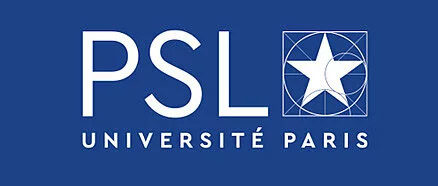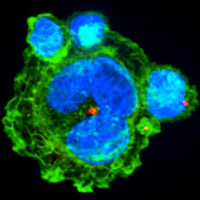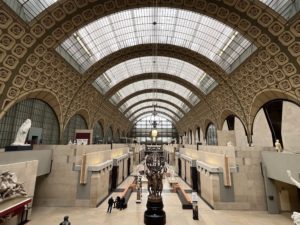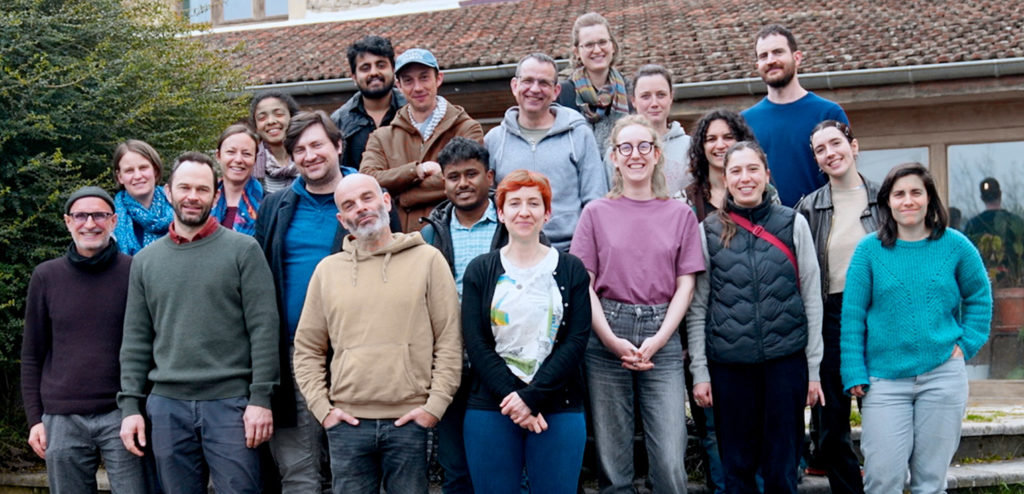physics of CYTOSKELETON & MORPHOGENESIS
CytoMorpho Lab
Laurent Blanchoin, Manuel Théry
Our work is dedicated to the investigation of morphogenesis in living systems.
In particular we aim to unravel the rules that direct “cytoskeleton” self-organization. All cells have a skeleton, a network of filaments that control cell shape and direct intra-cellular organization. As all components in cells, this network is dynamic, permanently assembling and disassembling, renewing its components and reconfiguring its architecture. This enables cells to organise themselves internally in a way that matches the geometry of their environment.

To reveal the rules directing cytoskeleton architectures we work on animal cells of various kinds as well as on reconstituted networks of filaments, that we assemble from purified proteins in cell-free systems. These two complementary approaches, complex and minimalist, physiological and fully controlled, allow us to reveal the core properties of living matter. In particular, we focus on the process of symmetry break and polarization of cytoskeleton networks. We aim at identifying the mechanisms by which cells orient in space and specify the axis that defines their body plan.



Our experimental strategy is to design microfabricated devices (surface micropatterning and microfluidic devices) in order to impose regular spatial boundaries to cells or networks of cytoskeleton filaments. Actin and microtubule network architectures appeared highly reproducible in those conditions, demonstrating that their assembly is driven by deterministic rules. We also use micro- and nano-devices devices to apply and measure mechanical forces. This is how we aim at describing the physics behind cytoskeleton architectures and hopefully formulate the corresponding rules in mathematical terms. By focusing on the contribution of force production in cytoskeleton networks and the role of symmetry elements we hope to unravel the basic mechanisms of cell polarisation.
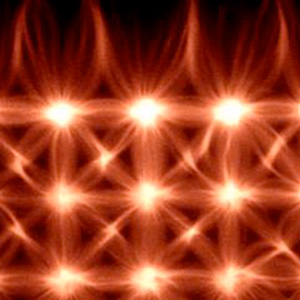
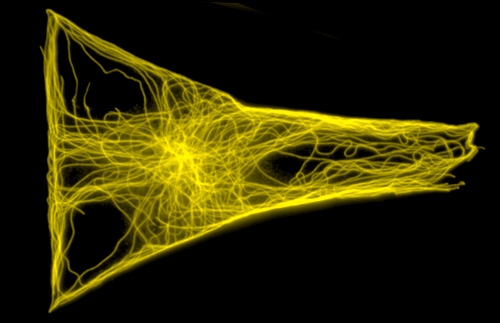
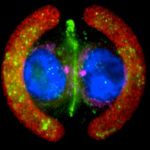
As we investigated cell architectures, we defined the geometrical laws regulating the orientation of the mitotic spindle, the positioning of centrosome, the clustering extra-centrosomes, the assembly of primary cilia, the velocity of cell motility, the magnitude and orientation of contractile forces as well as the positioning of inter-cellular junctions.
Looking in vitro at the self-organization of cytoskeleton filaments from purified components, we described the geometric rules that defines the alignment and contraction of actin filaments, the balance between network assembly and destruction to ensure the maintenance of dynamic architectures, the mechanical properties of microtubules as well as their interplay with molecular motors, which leads to the emergence of polar and bipolar structures.
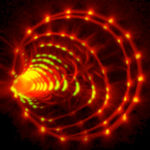
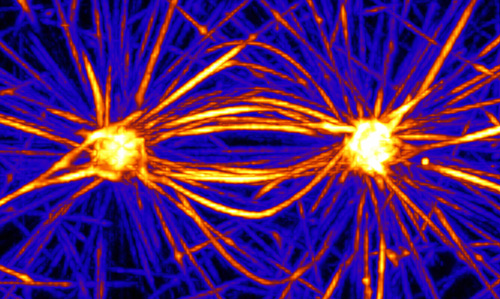
Cytoskeleton morphogenesis relies on spatial and temporal orchestration. The integration of local forces in the entire cellular network and the crosstalk between actin filaments and microtubules hold the key to a complete description of cell polarization. The characteristic times of actin and microtubule networks renewal and reorganization define how fast and how long cells can sense and remember the signals they have been submitted to.
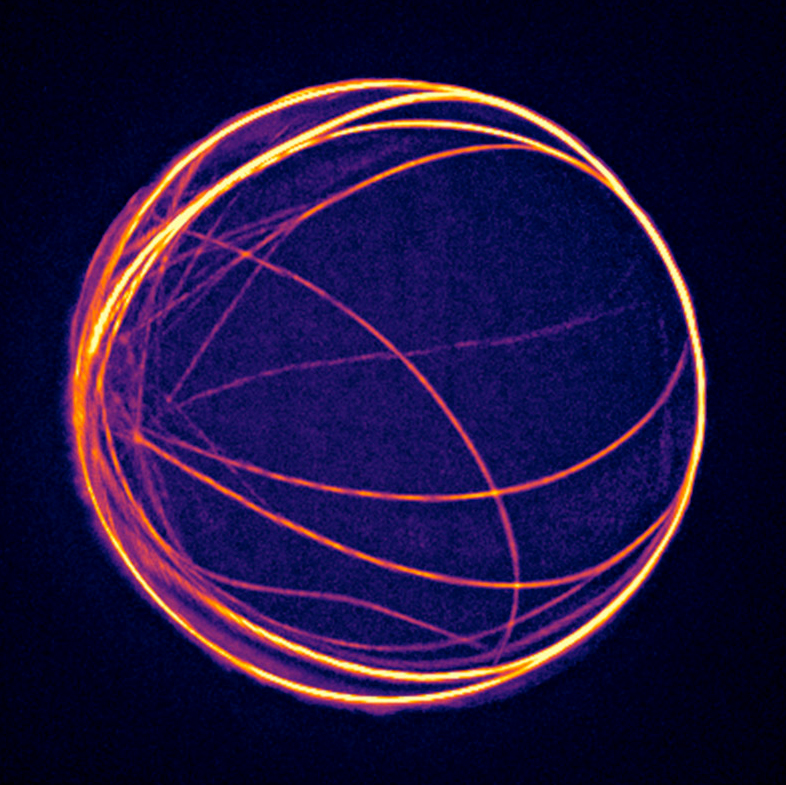
At the interface between these two approaches lies the emerging field of ‘artificial cells‘. These imaginary entities do not yet exist, but they are the subject of intensive research all over the world. The goal is to assemble them from elementary components such as proteins, amino acids and lipids. Creating living systems from inert molecules requires scientists to define and reconstitute the fundamental principles of life. This would be a major scientific breakthrough that would have a profound impact on our relationship with nature.
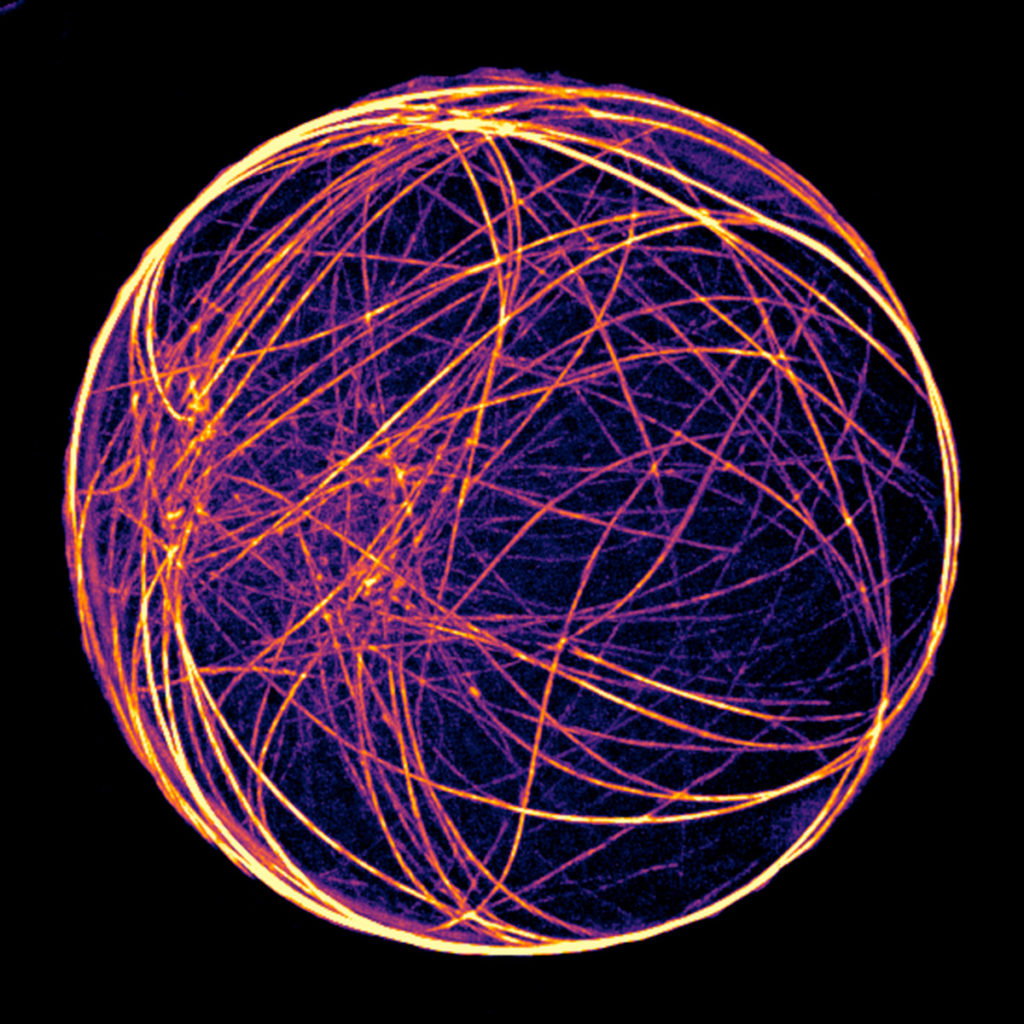
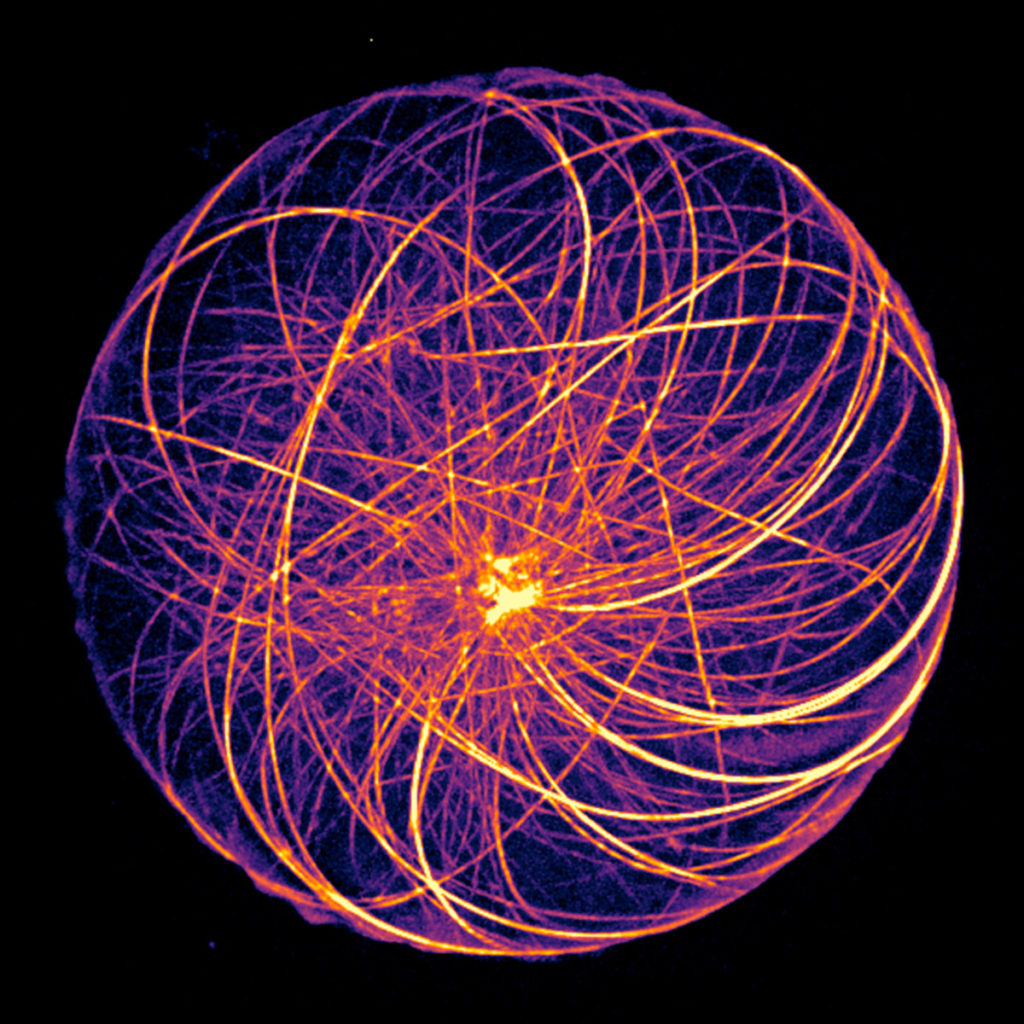
Our team is contributing to this momentum by attempting to encapsulate ‘living matter’ in soft, permeable compartments. We design and assemble mixtures of dynamic filaments and energy-consuming motors that can self-organise into regular architectures. These architectures would continuously renew their components, sense their environment and adapt to it. As they change shape and move, they might eventually record and process spatial information.
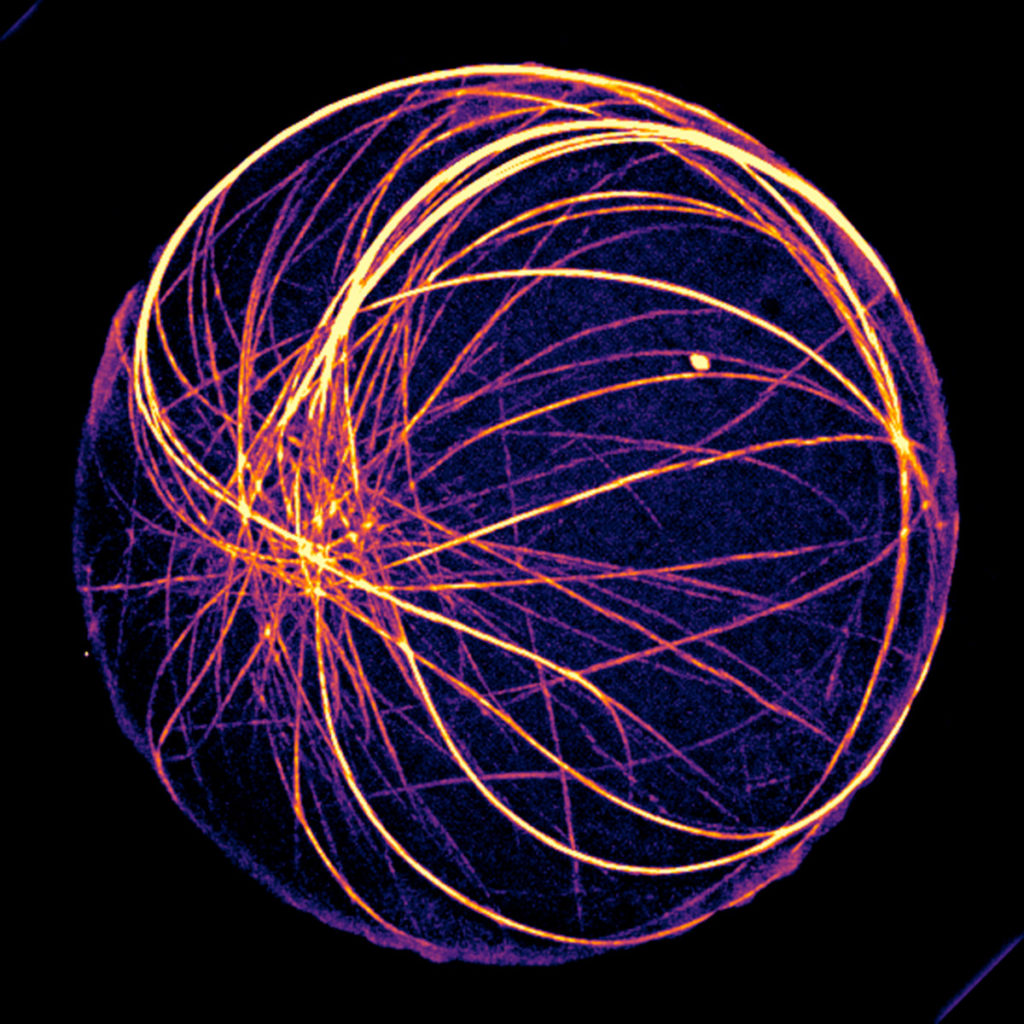
Publications
Events
Job offer
Our last published work
Happened recently in the lab
Join us
Our lab is currently working on a collaboration with the Orsay museum in Paris !
Come on January 24th and 25th to see cells and filaments covering the museum



